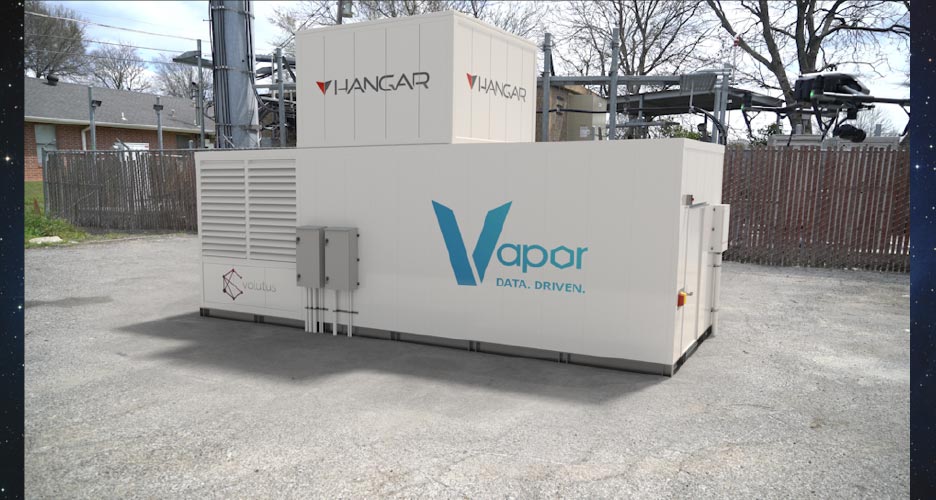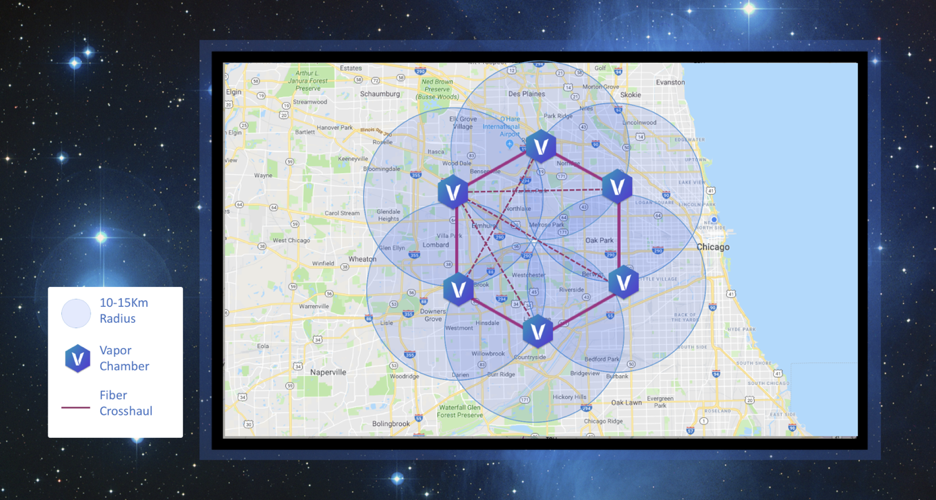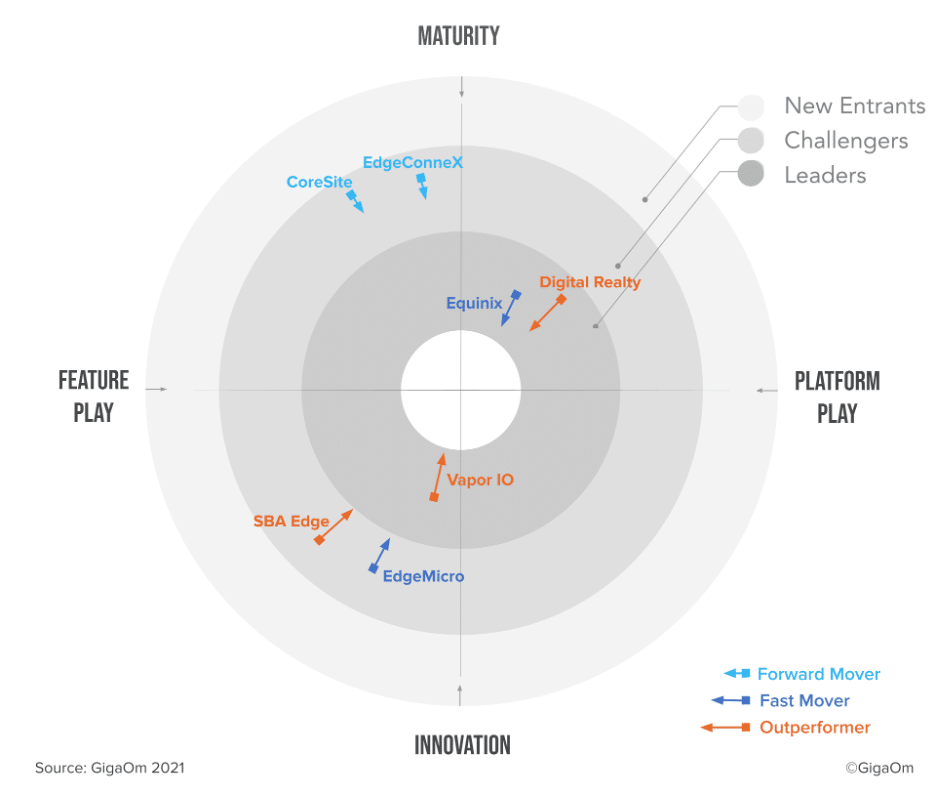The recent tragedy in Tempe, Arizona, where an autonomous Uber killed a pedestrian, has encouraged us to rethink the timeline for autonomous cars on our highways. Despite millions of dollars worth of equipment and a human driver behind the wheel, the Uber did not see the pedestrian and a fatal crash ensued. As the dust settles in Silicon Valley, we’re coming to realize that truly autonomous cars are a lot farther out than the pundits would have us believe. In their most sober moments, experts now predict it will be at least 2025 before driverless cars are regularly shuttling us between destinations.
We get so excited about driverless cars that we often forget there are other kinds of autonomous vehicles. It turns out that UAVs (Unmanned Aerial Vehicles) have been around, in one form or another, since the late 19th century and became cost-effective and practical for military purposes in the 1980s. Today’s recreational and commercial drones cost less than $1,500 and are capable of flying autonomously for nearly 30 minutes.
Modern commercial drones fly thousands of missions each day, capturing impeccably detailed high-resolution 360° images that can be used for, among other things, inspecting infrastructure including roads, bridges, pipelines, and buildings. Even though today’s commercial drones can mostly fly themselves given a wide enough open space, they require a pilot to push the “go” button and maintain visual line of site (VLOS) for safety and legal compliance. They also require a human to perform the mundane tasks of swapping SD cards to upload data as well as to charge the drone’s batteries.
Today, commercial drones are about to take the next step to true autonomy—leapfrogging and, over time, supporting, autonomous cars—as we roll out autonomous robotics at the Kinetic Edge.
Autonomous Robotics at the Kinetic Edge
Vapor IO and Hangar today announced a partnership to bring autonomous drones to the Kinetic Edge, first in Chicago, Illinois, and then five other cities by the end of 2019. The companies are targeting a full 30 cities by 2020.
The Kinetic Edge is a technical architecture for edge computing that can span a metropolitan region. Project Volutus, a partnership with Crown Castle, Packet, Intel and the Open19 Foundation, seeks to build Kinetic Edge cities across the US by embedding thousands of carefully-situated micro data centers into the wireless infrastructure, including co-locating at cell towers and aggregation hubs, allowing for high-powered servers and storage devices to be placed one hop away from the wireless network.
Illustration of a Kinetic Edge in metropolitan Chicago, IL
By spreading micro data centers across a metropolitan region and connecting them with high speed fiber and software, the Kinetic Edge becomes a perfect platform for deploying automated robotics at city-scale. Not only do the edge locations offer highly-secure, geographically dispersed “homes” for the drones, where they can recharge and offload data, the edge locations can also house all of the key infrastructural components for autonomous drones, including the hardware and software for precision-navigation, traffic management, and microweather delivery that will enable thousands of drones to fly in dense urban environments without human intervention.
A specially-made drone-sized garage is mounted on the roof of a Vapor IO micro data center, such as a Vapor Edge Module. The garage protects the drone when it’s not flying and also provides housing for the charging station and data connections. When the drone begins a mission, the garage doors open automatically and the drone leaves its station. When the drone returns, the garage doors once again open, allowing the drone to land in the garage, offload data and receive a battery charge prior to its next mission.

As telco operators roll out enhanced communication services, such as 5G, software for the Kinetic Edge will allow the drones to stay in perpetual contact with the backend services via wireless connections. As the drone moves and passes from one cell zone to the next, the Kinetic Edge software will handoff the IP address while notifying the backend application of the transfer. The application can respond by moving workloads from one tower to another to better serve the drone in its new location with low latency services.
The combination of intelligent software on the drones, ubiquitous high-speed wireless communications, and a carefully orchestrated collection of back-end applications and data services will pave the way for truly autonomous drones.
A National Highway System for Drones?
Cars, trucks, buses and other forms of ground transportation operate atop a rich platform of highways, lights, signs and rules of the road, all of which are designed for human drivers. Were it not for this immensely capable shared infrastructure, available for all of us to use, we would not have the mobility we do today—or its economic benefit.
We need an equivalent infrastructure for drones. We don’t need to build roads; we don’t need to install traffic lights; we don’t need traffic signs. We need infrastructure for software, data and communications. This drone infrastructure will program the drone flights, provide real-time data feeds for traffic management, decision-support, emergency response, and other capabilities.
Just like the national highway system, this infrastructure will need to be shared. For one thing, it’s simply too expensive for every drone operator to purchase or lease their own real estate for edge compute and build their own data centers, let alone strike relationships with the municipalities and the key wireless service providers. Only with shared infrastructure can each operator leverage the precision navigation, micro-weather, traffic management and other critical services that make autonomous drones possible.
This is why Vapor and Hangar are building an open platform that will support many ecoystem participants, including data providers, software services, government regulators and the autonomous robotics companies themselves.
The Infrastructure for Autonomous Everything
Autonomous driving technologists have been pushing all the smarts into the car, loading each vehicle with sensors, servers, storage and GPUs in order to make them truly autonomous. The autonomous cars you see in tests today are basically supercomputers on wheels. They carry large, impractical, power-consuming equipment that would never be feasible in a production vehicle. With test cars, you have the option of putting hundreds or thousands of pounds of energy-draining equipment into the vehicle. Not so with production vehicles.
Building impractical and costly test vehicles has been a sensible approach for these early days, given that their creators want to get cars into the field quickly and test their systems. Unfortunately, it won’t scale. Without having reliable and ubiquitous infrastructure for autonomous driving, the developers of autonomous cars have had to build all of the systems from scratch and they’ve had to make them work in situations where there is no connectivity or back-end services.
Drones operate under a different set of constraints. They are extremely lightweight and precision-tuned to fly for 30+ minutes without any added weight or power-consuming parts. There is simply no room, let alone battery power, to put all of the navigation systems into the drone. Autonomous drones, unlike the test cars mentioned above, will need to rely heavily on low-latency infrastructure-based edge computing for navigation because there is no other choice and, in doing so, will drive the innovation into the infrastructure.
Interestingly, the systems being put in place to operate autonomous drones will help accelerate the practicality of autonomous cars and trucks. For example, the traffic management system for drones will need to track all of the drones in the system and calculate flight paths in real time to avoid collisions. These same or similar algorithms can be used to help cars make better decisions, allowing them to, for instance “see” around corners where their sensors cannot reach. The systems that support autonomous drones will also support all types of autonomous vehicles.
Toward an Autonomous Future
Autonomous vehicles will bring billions of dollars of benefits to the economy, beginning first, with commercial drones that will revolutionize how we inspect and monitor of our infrastructure. New autonomous robotic applications will emerge, including those for security, emergency response and, perhaps somebody, the delivery of packages and people. As autonomous cars and trucks become safe and practical, they will leverage the infrastructure first built for drones, fundamentally changing how we get from one location to another. The excitement will unfold at the Kinetic Edge, using technology brought to you by Vapor IO, Hangar, and other ecosystem partners. Stay tuned.





